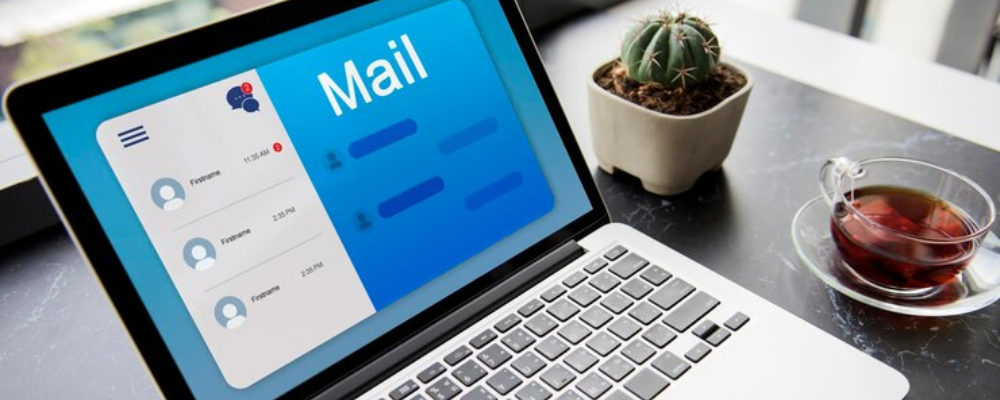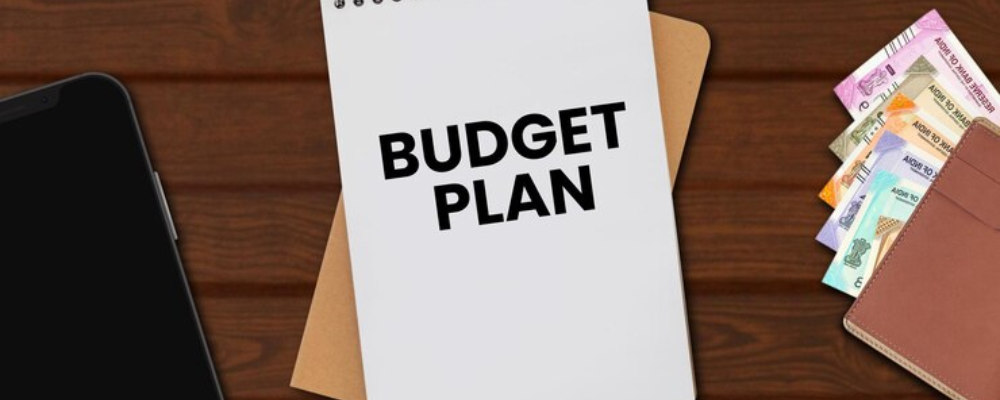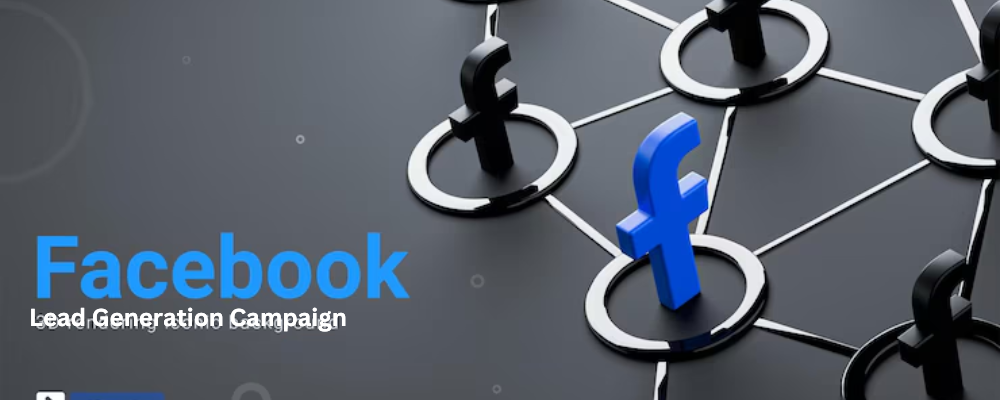Today, generating leads is an essential part of any business’s growth strategy. Facebook, with its massive user base, offers an excellent platform for creating effective lead generation campaigns. Whether you’re a small business owner or a seasoned marketer, understanding how to create a successful lead generation campaign on Facebook can help you connect with potential customers and drive sales. This article will guide you through the process, from setting up your campaign to optimizing it for maximum results.
What Is a Facebook Lead Generation Campaign?
A Facebook lead generation campaign is designed to capture the contact information of potential customers directly through Facebook. Instead of directing users to an external landing page, Facebook allows you to collect leads within the platform through a pre-filled form. This form can include fields for a user’s name, email address, phone number, and other relevant details. The simplicity and convenience of this process make it easier for users to engage, resulting in higher conversion rates.
Why Use Facebook for Lead Generation?
Facebook offers several advantages for lead generation:
- Large Audience: With billions of active users, Facebook provides access to a vast audience, allowing you to target specific demographics with precision.
- Cost-Effective: Compared to other platforms, Facebook advertising is relatively affordable, making it accessible for businesses of all sizes.
- Advanced Targeting: Facebook’s robust targeting options let you reach the right audience based on factors like age, location, interests, and behaviors.
- Integration with CRM Systems: Leads collected through Facebook can be easily integrated with Customer Relationship Management (CRM) systems for streamlined follow-up and nurturing.
Setting Up Your Facebook Lead Generation Campaign
Step 1: Define Your Campaign Objectives
Before you start creating your campaign, it’s essential to define your objectives. What do you want to achieve with your lead generation campaign? Common objectives include:
- Building an Email List: Collect email addresses for future marketing efforts.
- Promoting a Product or Service: Generate interest in a specific product or service.
- Offering a Freebie: Encourage users to sign up in exchange for a free resource like an eBook, webinar, or discount code.
Clearly defining your goals will help you design a more focused and effective campaign.

Step 2: Create a Facebook Business Page
To run a lead generation campaign on Facebook, you need a Facebook Business Page. If you don’t have one yet, follow these steps:
- Go to Facebook Business: Visit the Facebook Business page and click on “Create.”
- Choose a Category: Select the appropriate category for your business.
- Fill in Details: Provide your business name, address, and other required information.
- Customize Your Page: Add a profile picture, cover photo, and a short description to make your page attractive and informative.
Step 3: Access Facebook Ads Manager
Facebook Ads Manager is the hub for all your advertising activities on Facebook. To create a lead generation campaign, you’ll need to access this tool:
- Log in to Facebook: Go to your Facebook account and click on “Ads Manager” under the “Explore” section.
- Select Campaign Objective: In Ads Manager, click on the “Create” button and choose “Lead Generation” as your campaign objective.
Step 4: Define Your Target Audience
Targeting the right audience is crucial for the success of your campaign. Facebook allows you to define your audience based on various parameters:
- Location: Target users in specific countries, states, cities, or even zip codes.
- Age and Gender: Select the age range and gender of your target audience.
- Interests and Behaviors: Narrow down your audience by selecting interests, hobbies, and online behaviors relevant to your business.
- Custom Audiences: Upload a list of existing customers or leads to create a custom audience. You can also create Lookalike Audiences to reach people similar to your existing customers.
Step 5: Set Your Budget and Schedule
Next, you’ll need to set your budget and schedule for the campaign:
- Budget: Choose between a daily budget or a lifetime budget. The daily budget sets a limit on how much you’ll spend each day, while the lifetime budget spreads your spend over the duration of the campaign.
- Schedule: Decide when you want your ads to run. You can set a start and end date or choose to run the campaign continuously.

Step 6: Design Your Ad Creative
The ad creative is what users will see, so it needs to be visually appealing and compelling:
- Ad Format: Choose from various ad formats, such as single image, carousel, or video.
- Ad Copy: Write clear and concise ad copy that highlights the benefits of your offer. Include a strong call to action (CTA) like “Sign Up Now” or “Get Your Free eBook.”
- Visuals: Use high-quality images or videos that resonate with your target audience. Ensure the visuals align with your brand identity and the message of the campaign.
Step 7: Create the Lead Form
The lead form is where you collect user information. Here’s how to create it:
- Form Type: Choose a form type based on your campaign goals. The “More Volume” option is ideal for simple lead collection, while the “Higher Intent” option includes an additional review step to ensure higher-quality leads.
- Form Fields: Select the fields you want to include, such as name, email, and phone number. Keep it simple to reduce friction.
- Privacy Policy: Add a link to your privacy policy to build trust with users.
- Thank You Screen: Customize the thank you screen with a message or a link to a relevant webpage.
Step 8: Review and Launch Your Campaign
Once you’ve set everything up, review your campaign to ensure everything is in place. Double-check your targeting, budget, ad creative, and lead form. When you’re satisfied, click on the “Confirm” button to launch your campaign.
Optimizing Your Facebook Lead Generation Campaign
Monitor Performance
Regularly monitor your campaign’s performance using Facebook Ads Manager. Key metrics to track include:
- Cost Per Lead (CPL): The average amount you’re spending to acquire each lead.
- Click-Through Rate (CTR): The percentage of people who clicked on your ad.
- Conversion Rate: The percentage of people who completed the lead form after clicking on your ad.
A/B Testing
To improve your campaign’s performance, consider running A/B tests. Test different ad creatives, copy, and targeting options to see what works best. Facebook allows you to create multiple ad variations and automatically tests them to identify the top performer.
Retargeting
Retargeting is an effective strategy to re-engage users who showed interest in your ad but didn’t complete the lead form. By creating a custom audience of these users, you can run retargeting ads that encourage them to convert.

Conclusion
Creating a lead generation campaign on Facebook is a powerful way to attract potential customers and grow your business. By following the steps outlined in this guide, you can set up and optimize a campaign that delivers high-quality leads. Remember to monitor performance, test different strategies, and continuously refine your approach to achieve the best results. With the right strategy, Facebook can become a key driver of your lead generation efforts.




